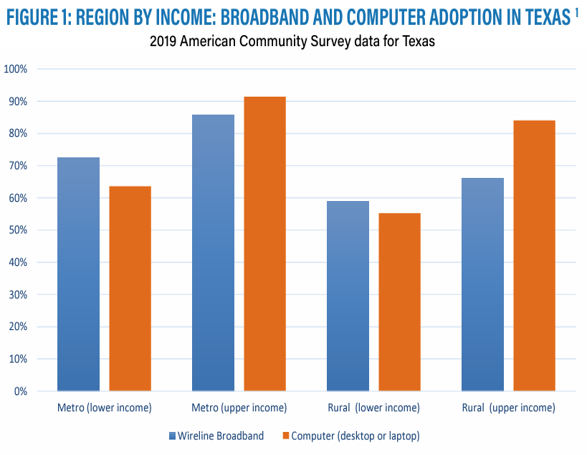Economic Opportunity
Amarillo Area Foundation
The Texas Panhandle has a diverse population with varied needs, but the data shows that almost every community could have improved economic opportunities with more equitable access to childcare and high-speed internet. There is also substantial evidence that quality of life aspects of a community, like arts and culture, can help communities stay vibrant.






